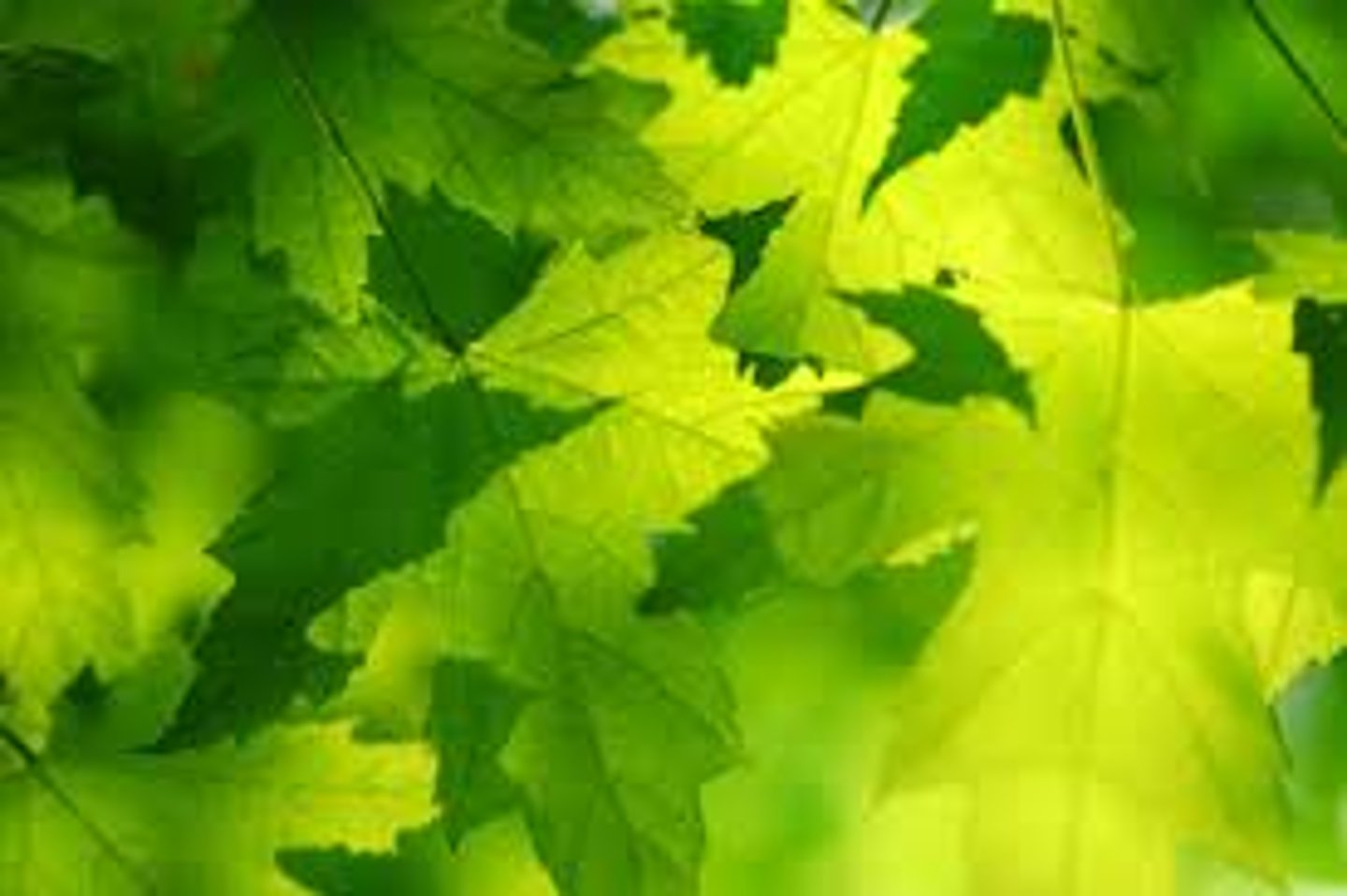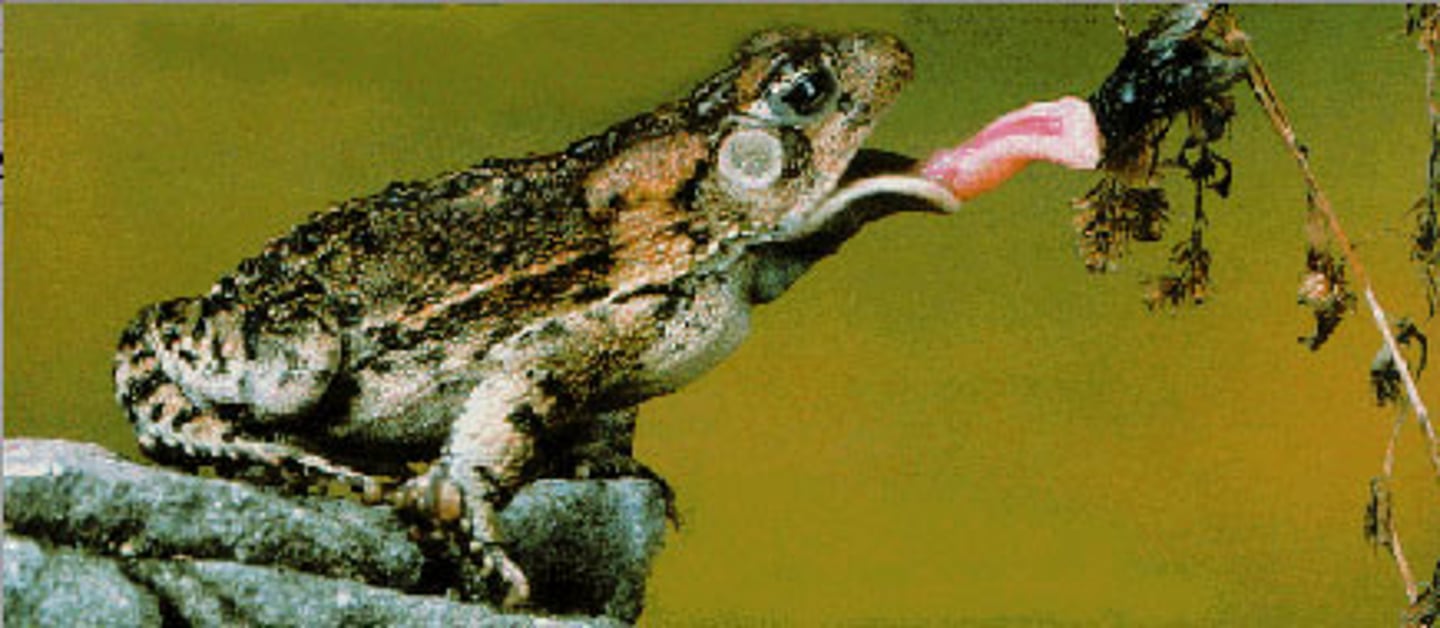Biofuels Photosynthesis
1/21
There's no tags or description
Looks like no tags are added yet.
Name | Mastery | Learn | Test | Matching | Spaced |
|---|
No study sessions yet.
22 Terms
photosynthesis
Plants use the sun's energy to convert water and carbon dioxide into sugars
chloroplast
An organelle found in plant and algae cells where photosynthesis occurs
autotroph
An organism that makes its own food

heterotroph
organism that obtains energy from the foods it consumes; also called a consumer

Energy
the ability to do work, including building complex molecules
product
A substance produced in a chemical reaction
Law of Conservation of Energy
the law that states that energy cannot be created or destroyed but can be changed from one form to another
ATP
(adenosine triphosphate) main energy source that cells use for most of their work
Glucose (C6H12O6)
high-energy molecule, product of photosynthesis, food for plants and animals
Water (H2O)
A reactant for the light-dependent reactions of photosynthesis - this molecule is split up to replace electrons in chlorophyll
Oxygen (O2)
produced by the plant by photosynthesis and released into the atmosphere
Carbon Dioxide (CO2)
A reactant for the light-independent reactions of photosynthesis - this molecule is where the Carbon in glucose comes from
Photon
a particle of light
light-dependent reactions
reactions of photosynthesis that use energy from light to produce ATP and NADPH. Has a biproduct of Oxygen.
Light Independent Reactions (Calvin Cycle)
set of reactions in photosynthesis that do not require light; energy from ATP and NADPH is used to build high-energy compounds such as sugar; also called the Synthesis reactions
NADPH
An electron carrier involved in photosynthesis. Light drives electrons from chlorophyll to NADP+, forming NADPH, which provides the high-energy electrons for the reduction of carbon dioxide to sugar in the Calvin cycle.
covalent bond
A chemical bond that involves sharing a pair of electrons between atoms in a molecule
electron
excited by the light, carried by NADPH, and used to generate ATP
thylakoid membrane
membrane in a chloroplast where the light reactions of photosynthesis occur
Stroma
fluid portion of the chloroplast; outside of the thylakoids
Matter
Anything that has mass and takes up space
electron carrier molecules
a compound that can accept a pair of high-energy electrons and transfer them, along with most of their energy, to another molecule